How to get fire in the wild?
When camping in the wild, you need fire to cook and roast food, fire is needed to keep camping warm, and fire is needed to send a distress signal. Therefore, making fire is a necessary skill for survival in the wild, and the ability to survive in the wild, its depends on the ability to make fire. Of course, there are many modern ways to get fire or stove easily. But when without that, how to get fire/ build campfire and stove in the wild?

How to get fire?
Matches and lighters are of course the fastest and most effective way to make fire, but how to make fire when there are no matches and lighters?
Next, we will provide some suggestions and methods to help you how to get fire in the wild.
- Hit stones
- use battery
- Drilling wood/ bow drilling
- Magnifying glass/convex lens to make fire
- Use Rattan
- Flint
First of all, we need to prepare a tinder nest before making a fire and use flammable and dry materials to make a tinder nest. For example, dry grass, leaves, twigs, bark, dry grass, crushed dry leaves, dandelion feathers, you can also use a knife to scrape some wood chips on dry branches as a firelighter. If it is rainy, look for dry firelighters under trees or rocks.
The dried and fallen fruits of coniferous pine are usually resinous and are excellent firelighters. There is often "pine oil" or resin on the knots of dead pine trees. Sometimes, the resin can be dug from the roots of dead old trees. Even in rainy weather, birch bark is still a good firelighter because it contains flammable grease.
In areas where there are no trees, there are also natural fuels, such as roped hay, dead shrubs, dried slime, oil shale, oily sand, dried animal manure, and animal oil. At the same time, you can also get gasoline from a car that you cant use or a plane that is forced to land.
If you can't find a dry natural firelighter, you can use the cotton wool in the cotton coat, the bandage in the medicine box, the fluff accumulated in the pocket, and so on.
The firefighter must meet the requirements of dryness, fineness, and flammability. Then find some dry thin branches and thick branches to burn. After collecting these, we are about to start a fire. When lighting a fire, first ignite the firelighter, and then carefully put the dry twigs on it, and blow it into the fire while laying it, to provide enough oxygen for the combustion to help the fire as soon as possible. Burn prosperously, and then put thick branches on top.
1. Hit stones
Rocking stone to make fire is the earliest mankind's method of making fire. The use of this method may be inspired by the phenomenon of sparks when making stone tools. We can find hard rock and use it as a "flint" and hit the "flint" with the back of a knife or a small piece of steel to make sparks fall on the primer. When the firelighter starts to smoke, slowly blow or fan it to ignite an open flame.
If the "Flint" can't make a fire, you can find another stone and try again. Of course, not any stone can ignite the firelighter. The spark from the stone must have a certain amount of heat and duration to ignite the firelighter. According to archaeological data, it is found that the sparks produced by striking flint with pyrite can make fire. Many campers now carry magnesium rods with them because they are easily ignited and easy to carry.
2. Using battery
If you carry batteries, such as flashlights, mobile phone batteries. Take out the battery, and then find some thin metal wire or tin foil-wrapped chewing gum. Connect both ends of the thin metal wire to the positive and negative poles of the battery, so that the battery will short-circuit and allow the wire to generate enough heat. The wire will act like red-burning iron and then be used to ignite the firelighter. Or tear the thin tin foil in the middle, and then connect the two ends to the positive and negative poles of the battery. The battery will short-circuit, which will cause the thinnest part of the tin foil to generate heat, burn it, and then use it to ignite the firelighter.
3. Drilling wood/ bow drilling
Drilling wood to make fire is the most primitive and traditional method, so the relative difficulty will be greater, and it will take much practice to succeed. Tie shoelaces, rope, or leather belts with strong dry branches or bamboo to make a bow. Wrap a dry wooden stick around the bow and use it to rotate quickly on a small piece of hardwood, or you can rotate it by hand. In this way, continuous and rapid rotation and friction will generate a lot of heat, and black powder will be drilled. Finally, the powder will smoke and generate sparks. Then carefully pour the black powder into the firelighter, and gently blow it into the firelighter. , To provide oxygen to the fire so that it ignites the firelighter. Drilling wood for the fire is a very long process, so be patient.
4. Magnifying glass/convex lens to make fire
Any convex mirror with a diameter of two inches or more (for example, a magnifying glass or telescope, and a convex mirror in a camera) can be used to make a fire. Under bright sunlight, use a magnifying glass (convex lens) to gather the sunlight to a point and irradiate it on the prepared firelighter, so that the temperature of the point will rise sharply, and put the flammable material at this point for a while on fire.
In addition, set a fire on the focus of the flashlight's reflective bowl, and toward the sun also can get fire. In ice and snow weather, it is also possible to process the ice cube into a shape thick in the middle and thin, to instead of the convex lens. This way of making a fire must be under the premise of the sun, so it is best to raise the fire during the day. The fastest way to use a magnifying glass to get fire is to irradiate the propellant or fuse of gasoline, alcohol, and bullets, which can ignite the firelighter within 1 to 2 seconds.
In addition, the magnifying glass shines through the focus of the sun, and can also ignite the matches that have been dried after being damp or soaked in water. The magnifying glass is an important tool for ignition.
5. Using Rattan
This method is the same as the principle of drilling wood for the fire. Find a dry tree trunk, split it at one end, and use something to prop up the crack, plug the firelighter, and use a two-foot-long rattan to pierce the firelighter. Behind, both feet stepped tightly on the tree trunk and quickly twitched the cane from side to side, causing it to rub and heat and ignite the firelighter.
6. Using Flint
Flint is a favorite thing for many survivors in the wilderness. It can be ignited under any circumstances. It is Humidity-proof and windproof. Scrape off some magnesium powder with a knife and put it on the firelighter. It doesn't need much. Then use a knife to aim at the magnesium powder to quickly scrape the magnesium rod, the sparks generated can ignite the firelighter.
7. Other methods
In some field first aid kits, there will be a sealed igniter with a few wicks and flints attached to it, tightly wrapped with waterproof tape. If you do it carefully and don't expose it to the fire for a long time, you can use it to burn 400 to 600 fires.
Special firearms. When the match you bring with you is soaked, you can use this newly invented medal match to light it. If used carefully, this modern match can light 3000 times, and every mountaineer should bring one in his backpack.
Flash signal light method. If your plane, car, or yacht is equipped with flashing lights—the police often use red flashing lights in emergencies—you can break the top of the lampshade on a rock and ignite it with a flashing light. But do as required and be careful not to cause forest fires.
Build a campfire and stove
There are many convenient stoves/small stoves that can be used directly for cooking, but how to build one when there is nothing or is damaged?
→Naturehike Mini Portable Alcohol Outdoor Camping Stove
1. First, confirm whether there can be a campfire
In the wild, it is not possible to make a campfire everywhere, because a little carelessness can cause wildfires. Outdoor kitchen-a circle with a diameter of 3 meters.
The first problem with camping stoves is location. Water is indispensable for cooking, it can be near water. But if it is too close, it will pollute the river, so the kitchen should be set up at a certain distance from the river. No flammable materials should be placed in a circle at least 1.5 meters away from the center of the fire source.
The fire of burning wood will not only make a crackling sound but also sparks will fly in. On a dry day, it is easy to ignite the weeds around, so be careful.
2. Don't be impatient when making a campfire
At the beginning of the campfire, you must feel very difficult. The wind is too strong or the wood is wet, so you can't light it. Making a bonfire requires tricks. First, collect enough wood, light the newspaper or bark for the fire, and then lead the fine wood branches. Don't worry at this time. When the fire is really drawn, gradually add thick branches. In places where it is difficult to find firewood, you can use the newspaper group.
When lighting a campfire, you should choose a place leeward, and not close to 1 to 2 meters from the tent to avoid fire. If it is necessary to start a fire in a wet or snowy area, use stones or wood to pad the ground first.
In order to facilitate the burning, two sleepers can be placed at right angles to the wind direction, and the wood used as fuel and the sleepers are arranged side by side at right angles. Then, on and in the middle of the wood, put some thin stubble cut with a knife and ax. wood.
Finally, put on the igniting material to ignite.
The best material to light a campfire is birch bark. The oil content of birch bark reaches 20% to 30%, and it can still burn in the rain. It used to be an important military material in ancient times and was a convenient torch material for night operations. Rotten wood, palm leaves, dead grass, pine needles, lichen, dried animal manure, etc. are also good materials for ignition.
In order to concentrate the heat of the campfire and not be affected by the wind, two wooden piles can be driven obliquely on the leeward side of the campfire, and a number of damp logs can be discharged against the wooden piles to form a wind-proof reflecting wall.
There are usually the following types of campfires:
1. Jungle campfire. Lay a thicker log horizontally, and place a few thinner dry logs diagonally on it, and move it while burning it. Suitable for camping without shelter in winter.
2. Star-shaped campfire. Put one end of 5-10 logs together like a star, and light it from the center, then
After burning, push the log inward. This kind of campfire has a lot of heat, and even a few people can sleep around it in the snow.
3. Long campfire. Use two logs about the length of a human body to stack up with the wind, and drive wet wood wedges into the sides to prevent the logs from slipping off. Add support between the two kinds of wood to leave a gap to facilitate burning. Burning time of this bonfire
Longer, almost no need to adjust, suitable for heating during winter camping.
A small campfire wwwwwwwwwwwwwwwwwwshould be burned for cooking and roasting food. The campfire for heating at night can burn a little larger, and more fuel needs to be stored. Therefore, this point should be considered when choosing a campsite. The fuel allocation ratio for one night is one-third of the first half of the night and two-thirds of the second half of the night.
When evacuating, campfires should be completely extinguished, especially in forest areas and grasslands, so as not to cause fires.
Summarize
So there are several ways to get fire and bulid campfire in the wild! Be careful using fire in the wild! Hope it can help you to stay much safe and get more experience in the wild!
Related Articles:
How to choose a camping mattress/sleeping pad



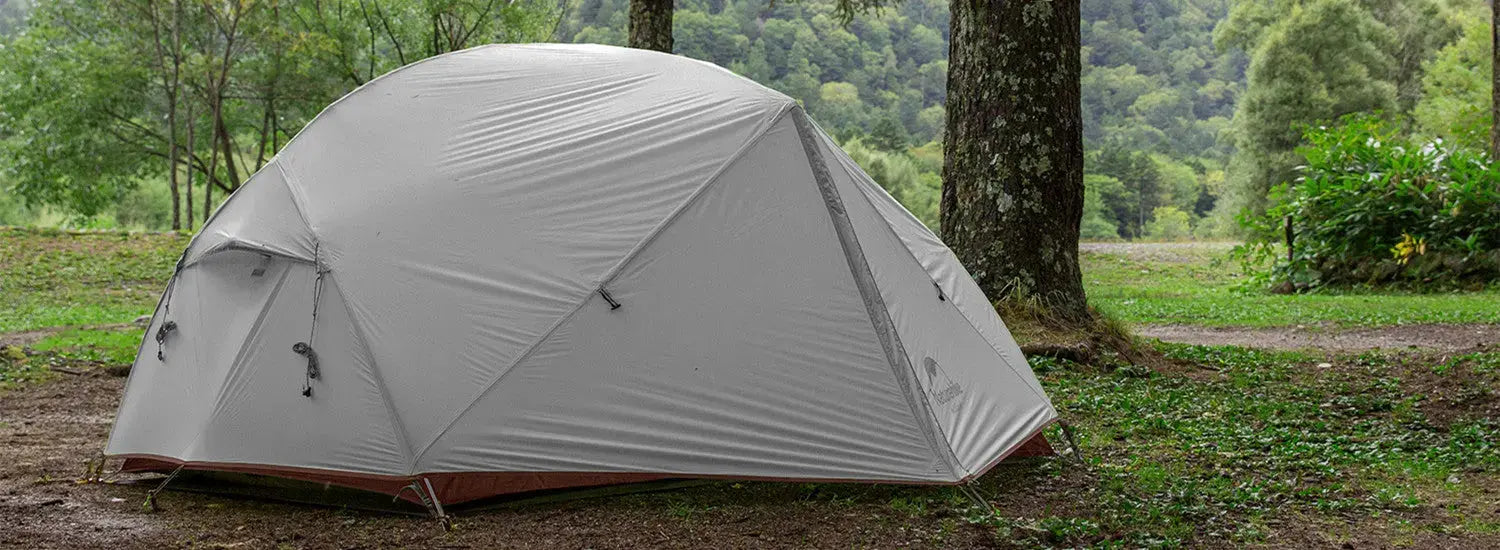
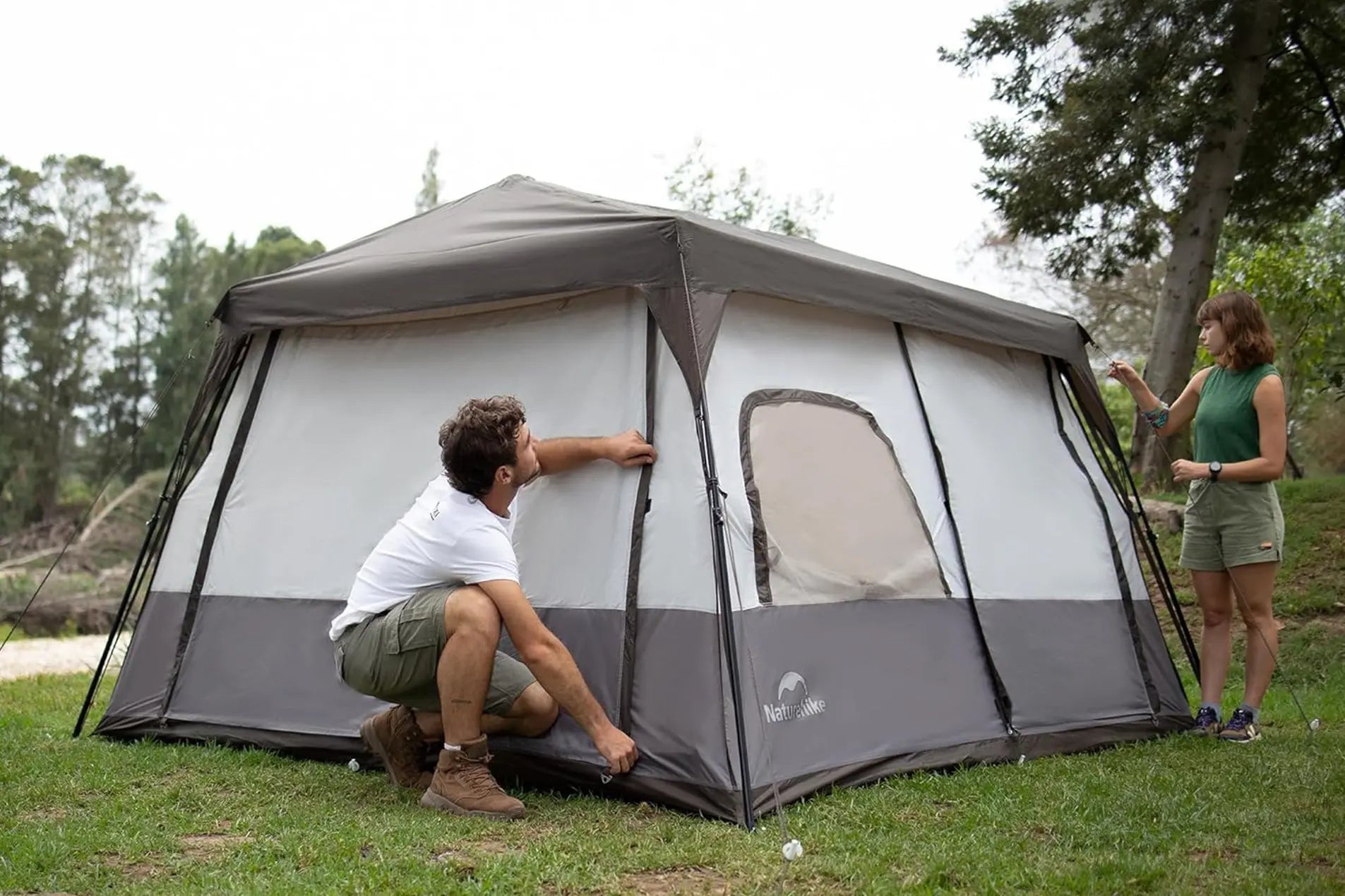
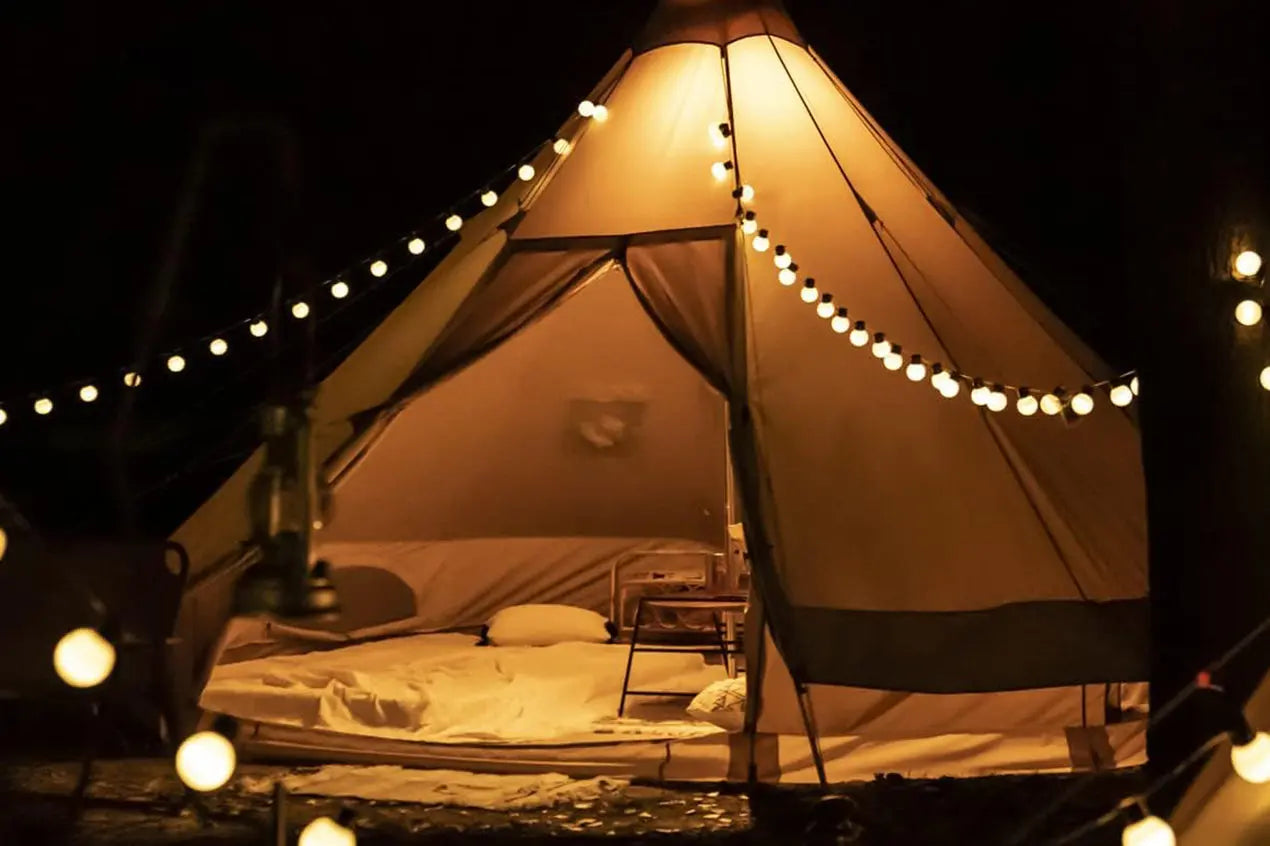
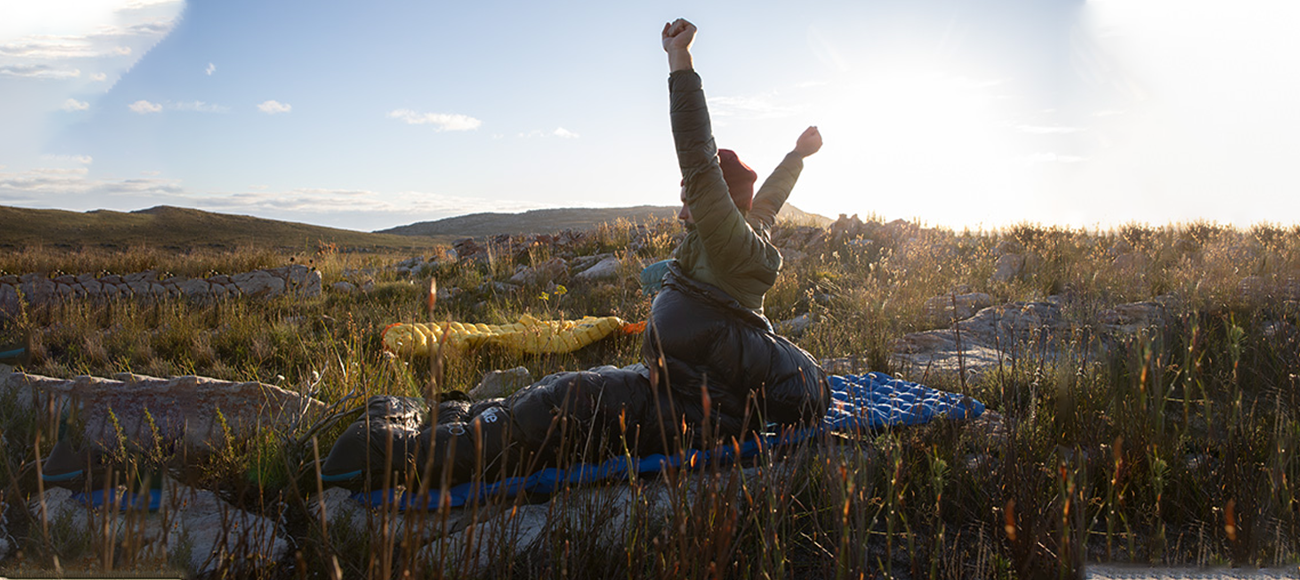

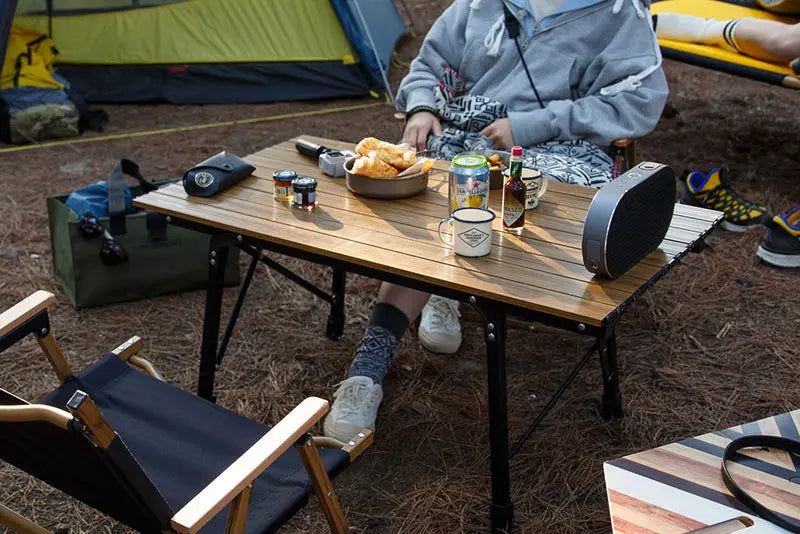

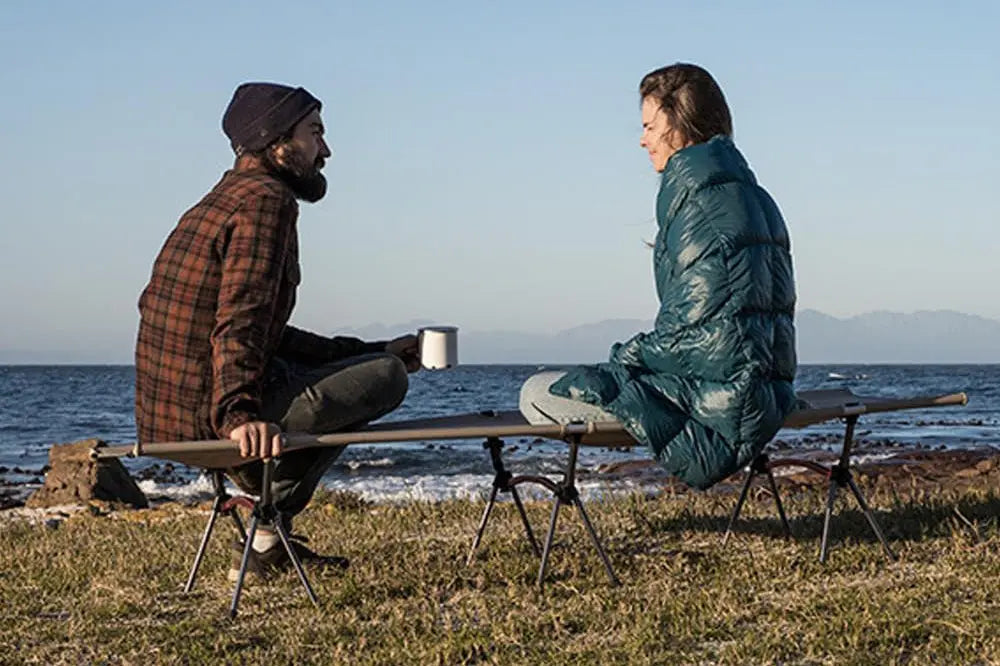
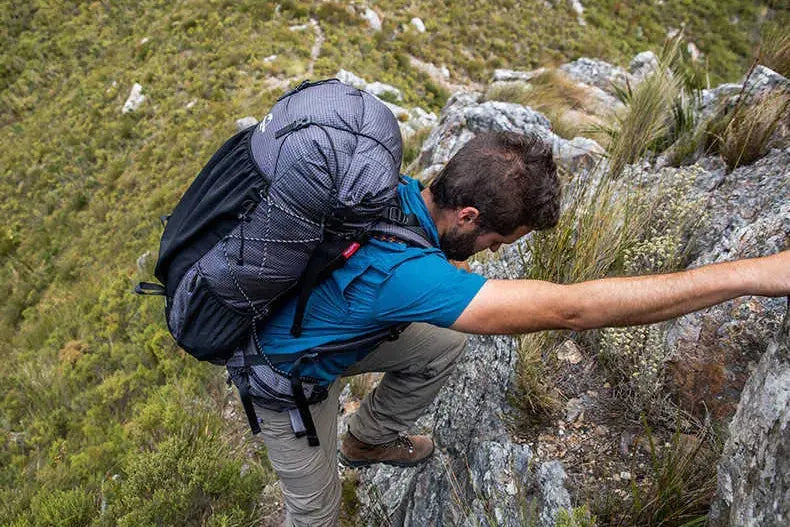


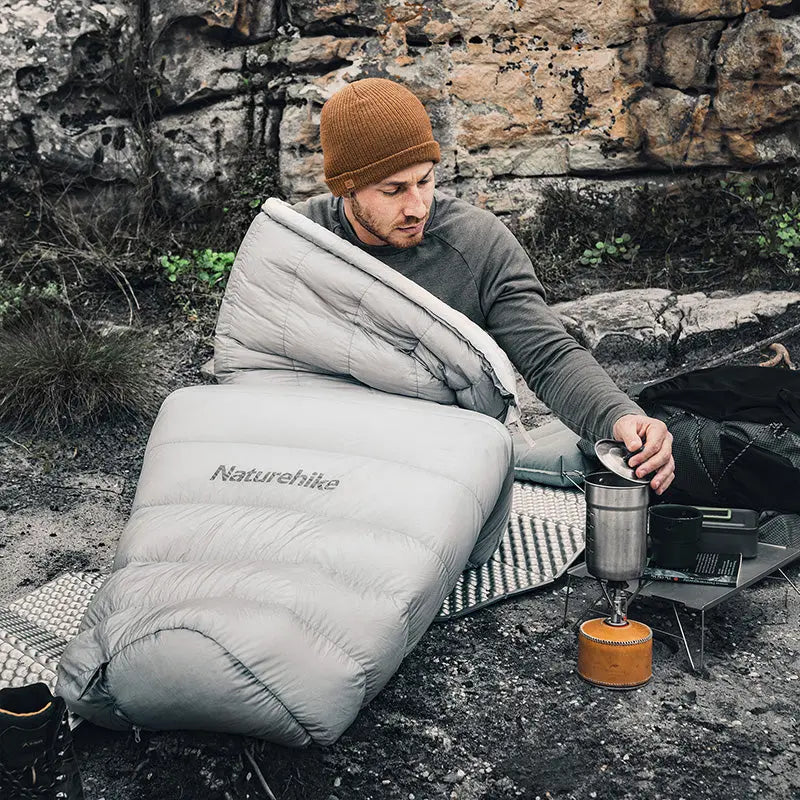

Leave a comment